8 interesting facts about the cat noses and their sense of smell
There’s a lot more to a cat nose and a cat sense of smell than you might think. Yes, the cat nose is a cute little spot to “boop,” but that colorful little nugget plays a huge role in your kitty’s life. Let’s learn more….
1. A cat nose is your cat’s most important sense organ.
Cats have 200 million scent receptors in their nasal cavity. Most breeds of dogs don’t have even close to that number. Your cat’s sense of smell guides her to prey, tells her if food is edible or toxic, tells her where you’ve been, and even helps her find her home if she gets lost.
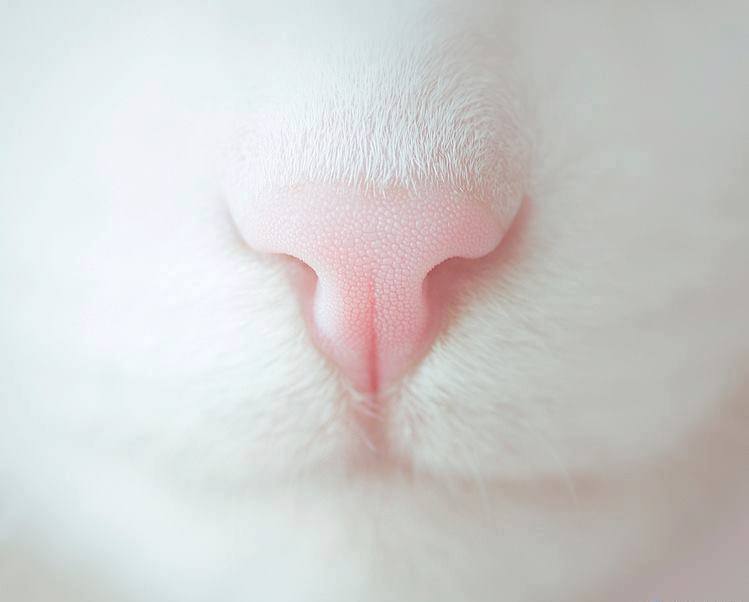
2. The cat sense of smell stimulates her appetite.
Cats have very few taste receptors on their tongues compared to people, so it’s the smell rather than the flavor that stimulates her sense of hunger. That’s a big part of the reason why cats with respiratory infections or other nasal blockages stop eating: If they can’t smell their food, they won’t get hungry.
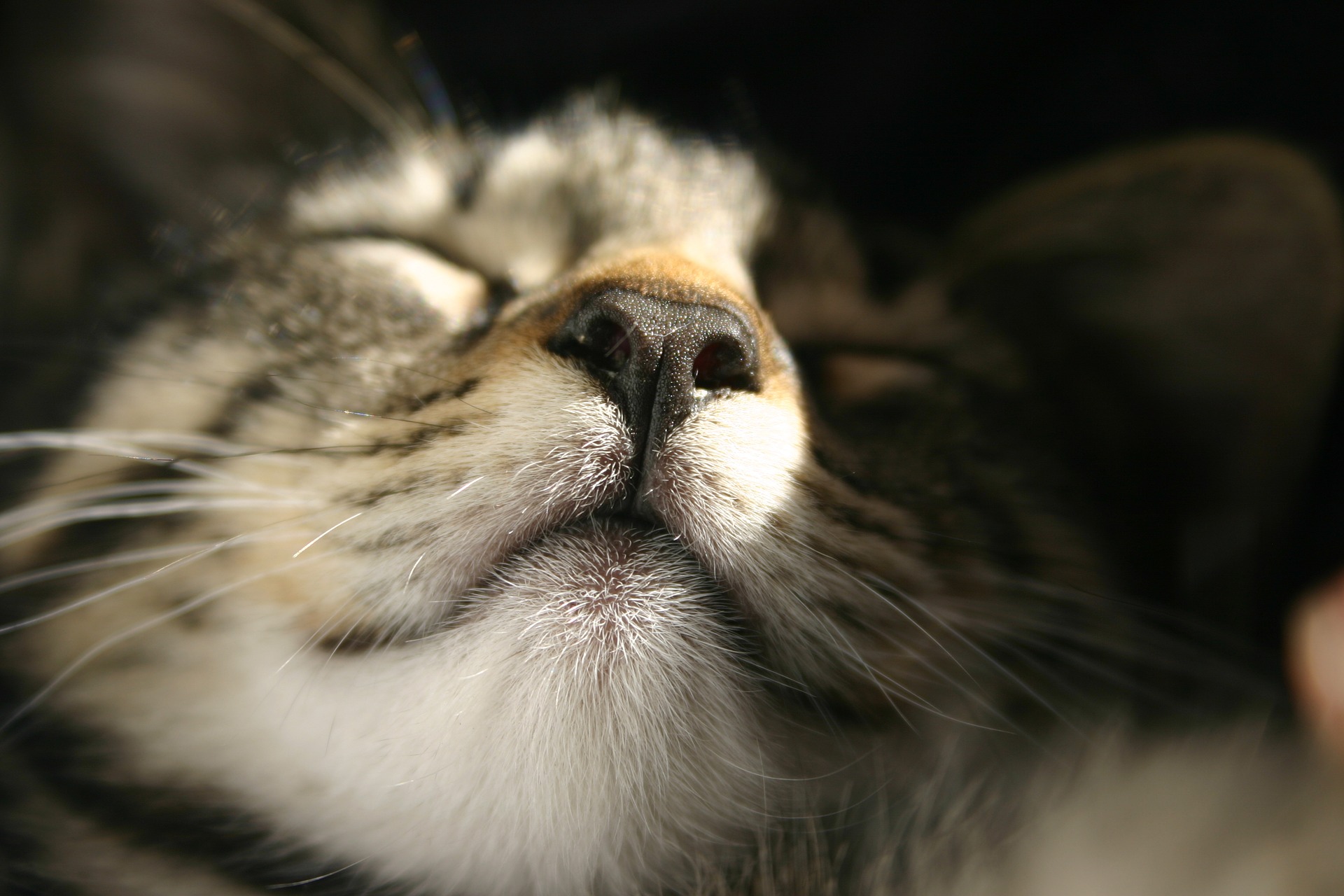
3. The color of a cat’s nose is directly related to the color of her fur.
Black cats have black noses, white cats have pink noses, orange cats have orange noses, gray cats have gray noses and so on. And if your cat is multicolored, she might just have a multicolored nose, too. Some kitties also have nose freckles, and some cats have noticeable nose color changes.
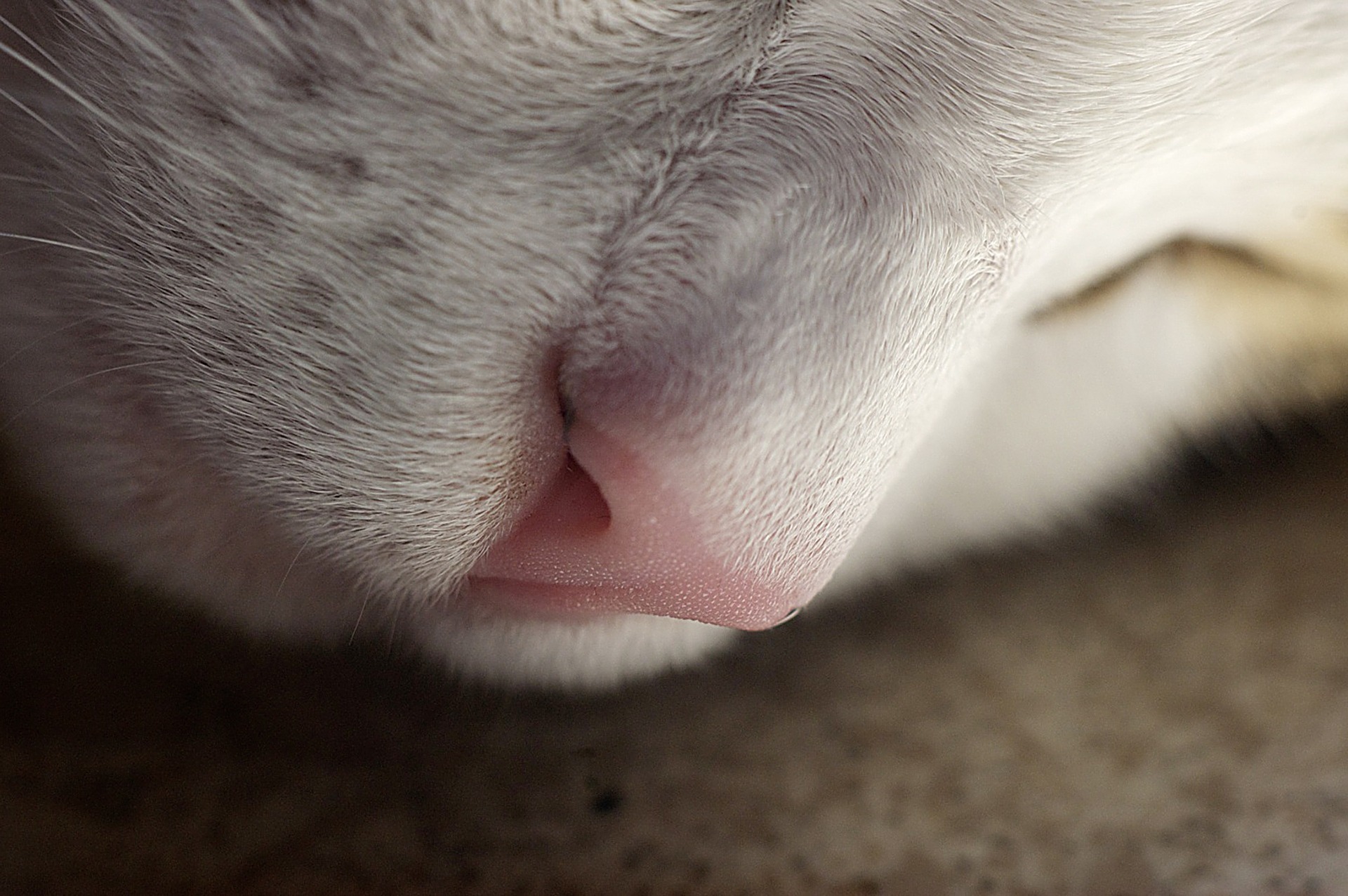
4. Your cat’s nose tells her about other cats in the area.
Outdoor cats mark their territory with urine or feces, so if your cat goes outdoors, she can tell if anyone’s been intruding in her space. The cat sense of smell to can detect female cats in heat; cats who are ready to mate release certain pheromones detectable only to the feline nose.
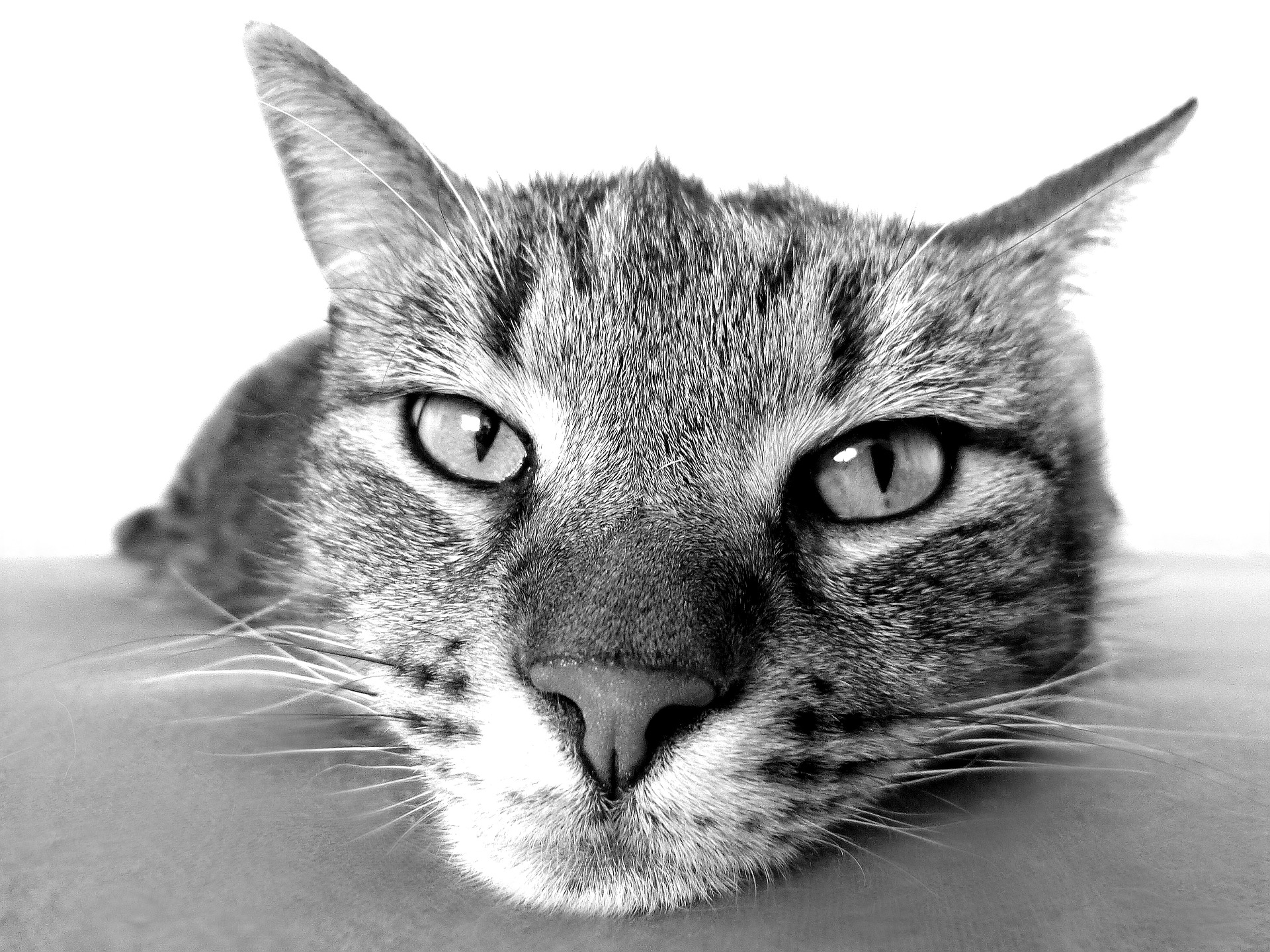
5. Mutual sniffing is a feline greeting.
If you’ve watched two feline friends approach each other, sniff one another’s noses, sides and butts, and then go on about their business together, you’ve watched the feline equivalent of, “Hey, how’s it going? Whatcha been up to?”
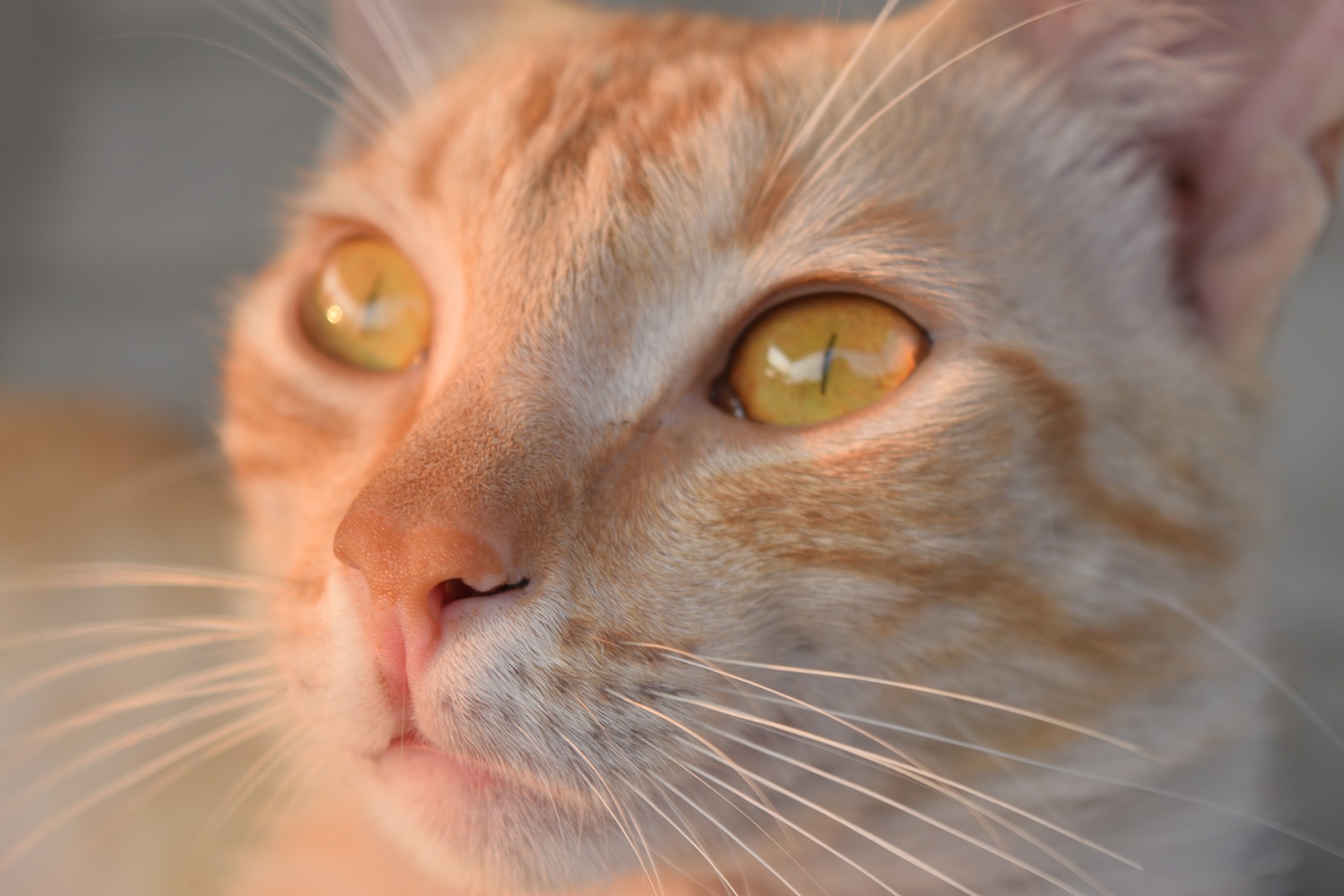
6. There are smells cats really don’t like.
Because cats’ noses are so sensitive, very strong odors are distasteful if not outright painful. This is one reason we recommend against using scented cat litter: The smell might be nice to you, but it could be overwhelming for your feline friend’s nose. Cats are also known to dislike the smell of citrus and tea tree (melaleuca) oil.
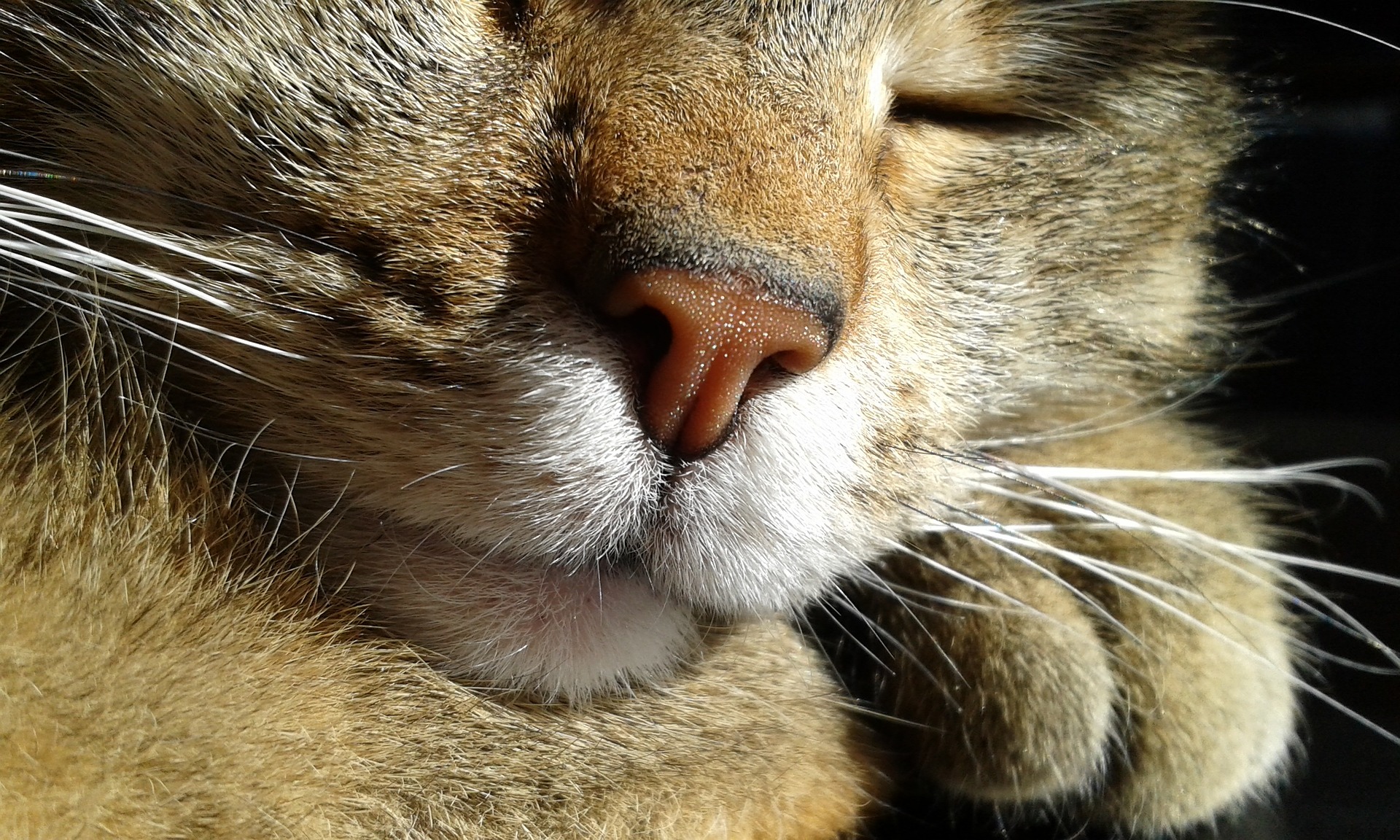
7. Cats have “nose prints,” and no two cats’ nose prints are the same.
Every cat’s nose has a unique pattern of bumps and ridges, just like humans’ fingerprints. There has apparently been some talk about using nose prints as a form of identification, but good luck with getting your cat to tolerate having her nose inked and pressed against a piece of paper!
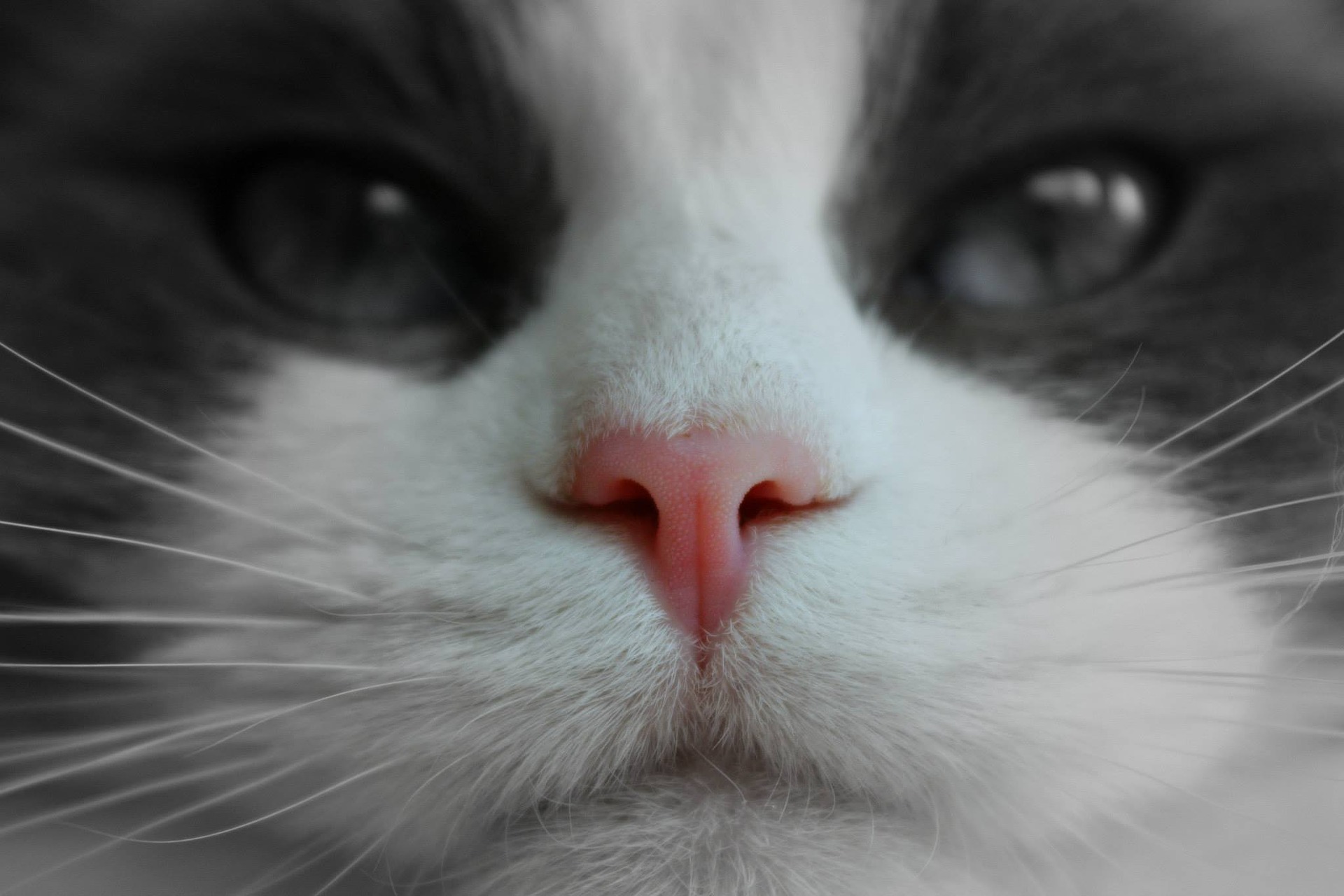
8. Why do cats lick their noses? No one’s sure about that one.
Some say it’s like a reset button for the cat sense of smell: licking the nose removes any residue such as pollen that may linger and interfere with the cat’s need to smell other things. Others say it’s a “tell” that a cat is anxious or nervous and has no connection with the sense of smell at all.
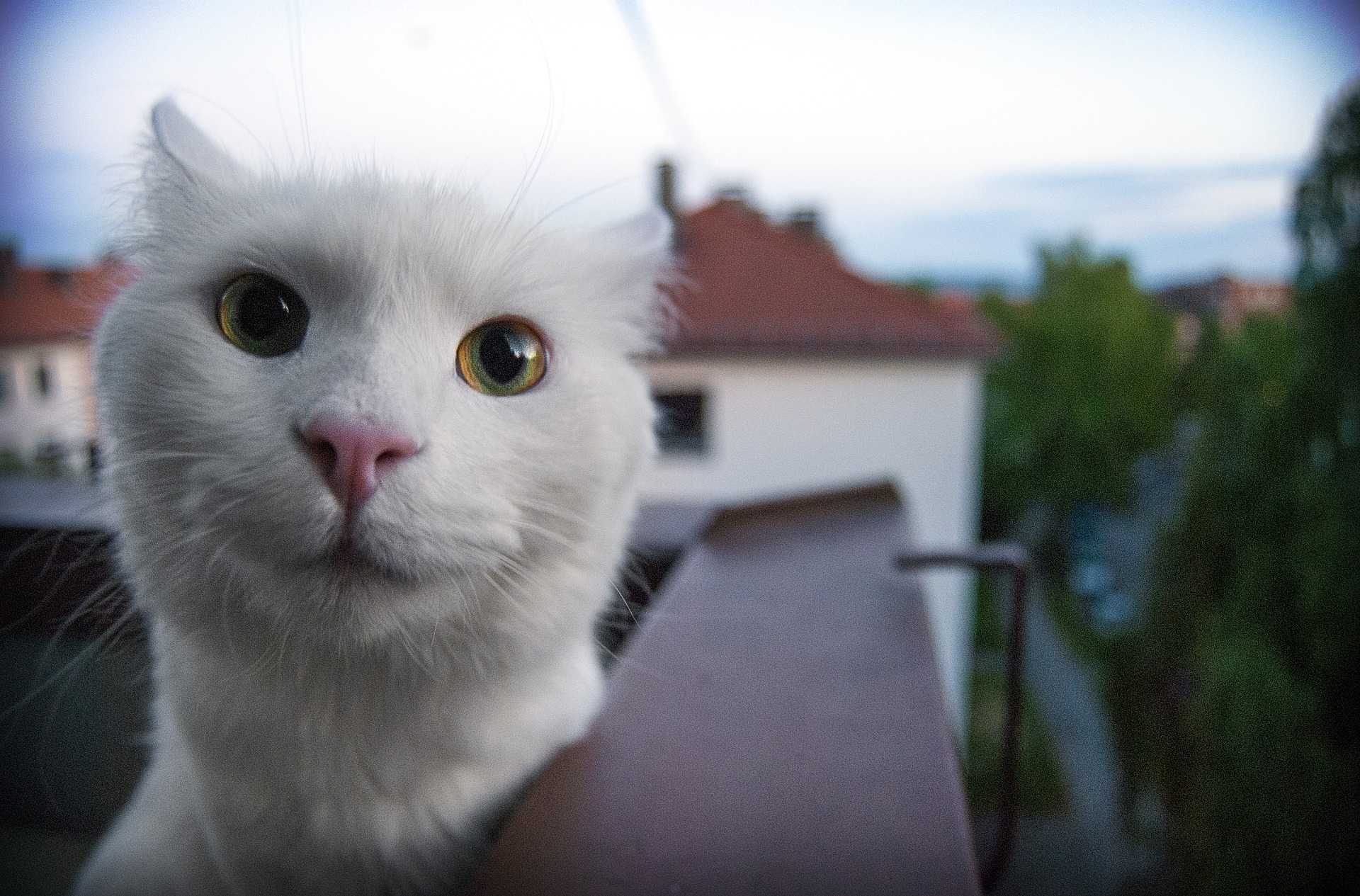 Article text by JaneA Kelley
Article text by JaneA Kelley
Story inspiration: Catster
